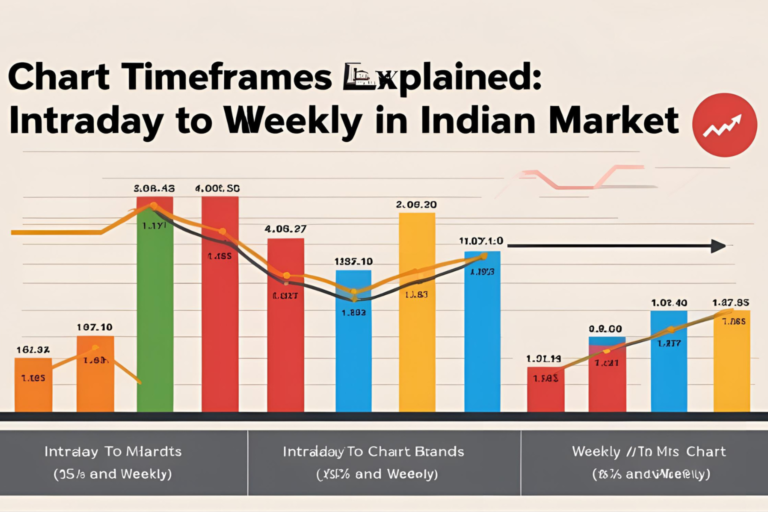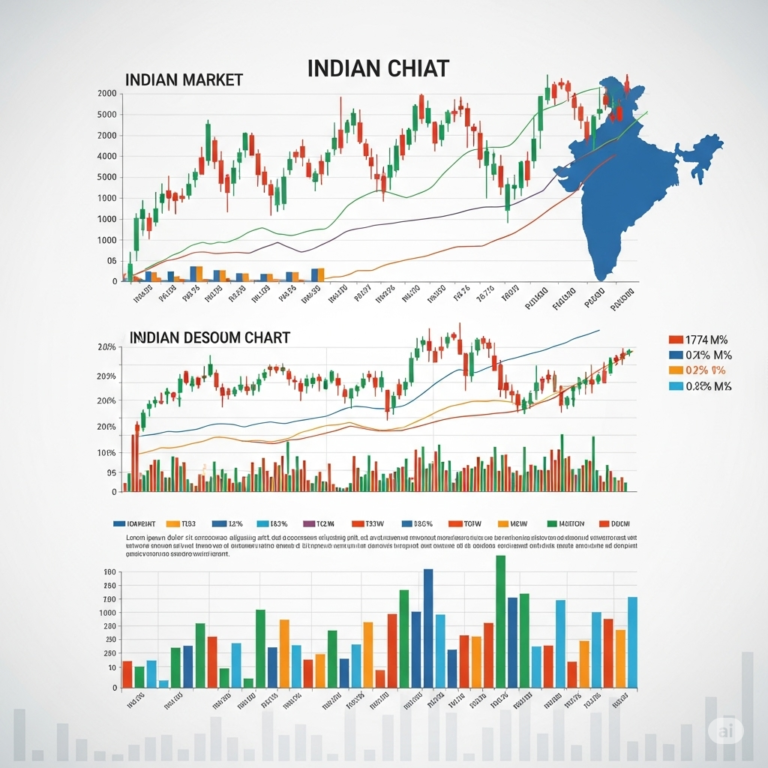Chart Timeframes Explained: Intraday to Weekly in Indian Market
One of the most overlooked yet critical parts of stock chart analysis is timeframe selection. Different timeframes offer different perspectives on price movement, and choosing the right one can make or break your trading strategy. Whether you’re a beginner or experienced Indian trader, understanding timeframes is essential to read stock charts accurately and trade with…

